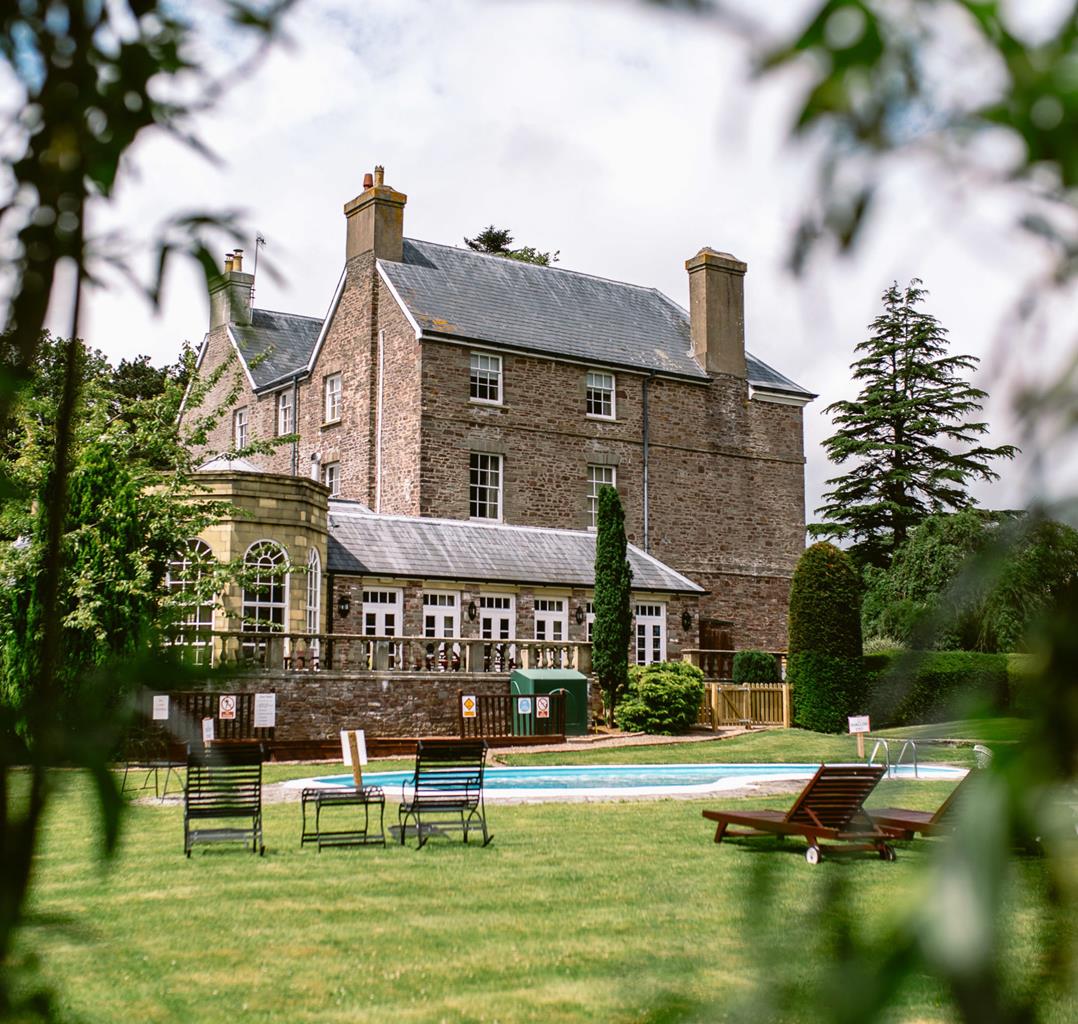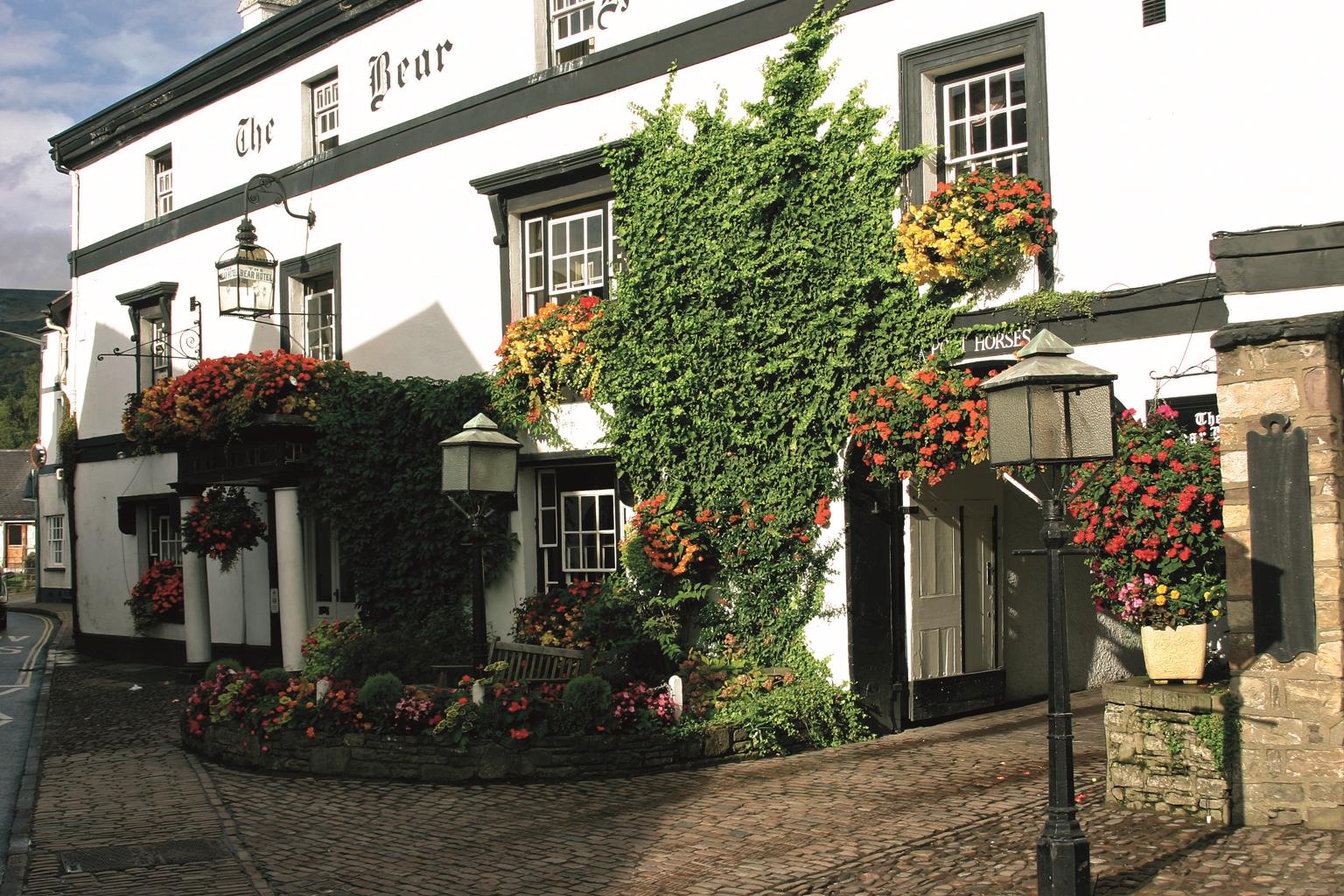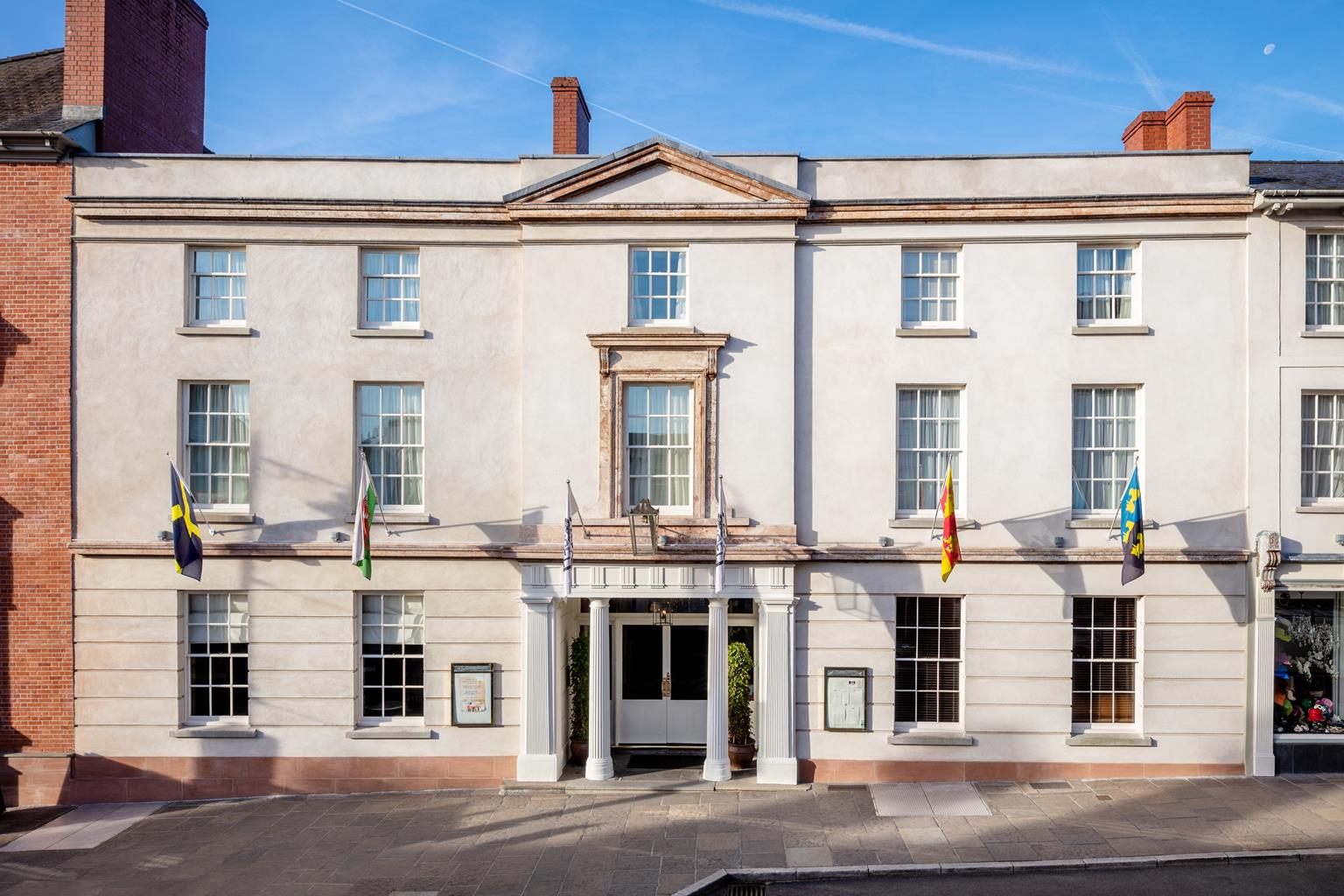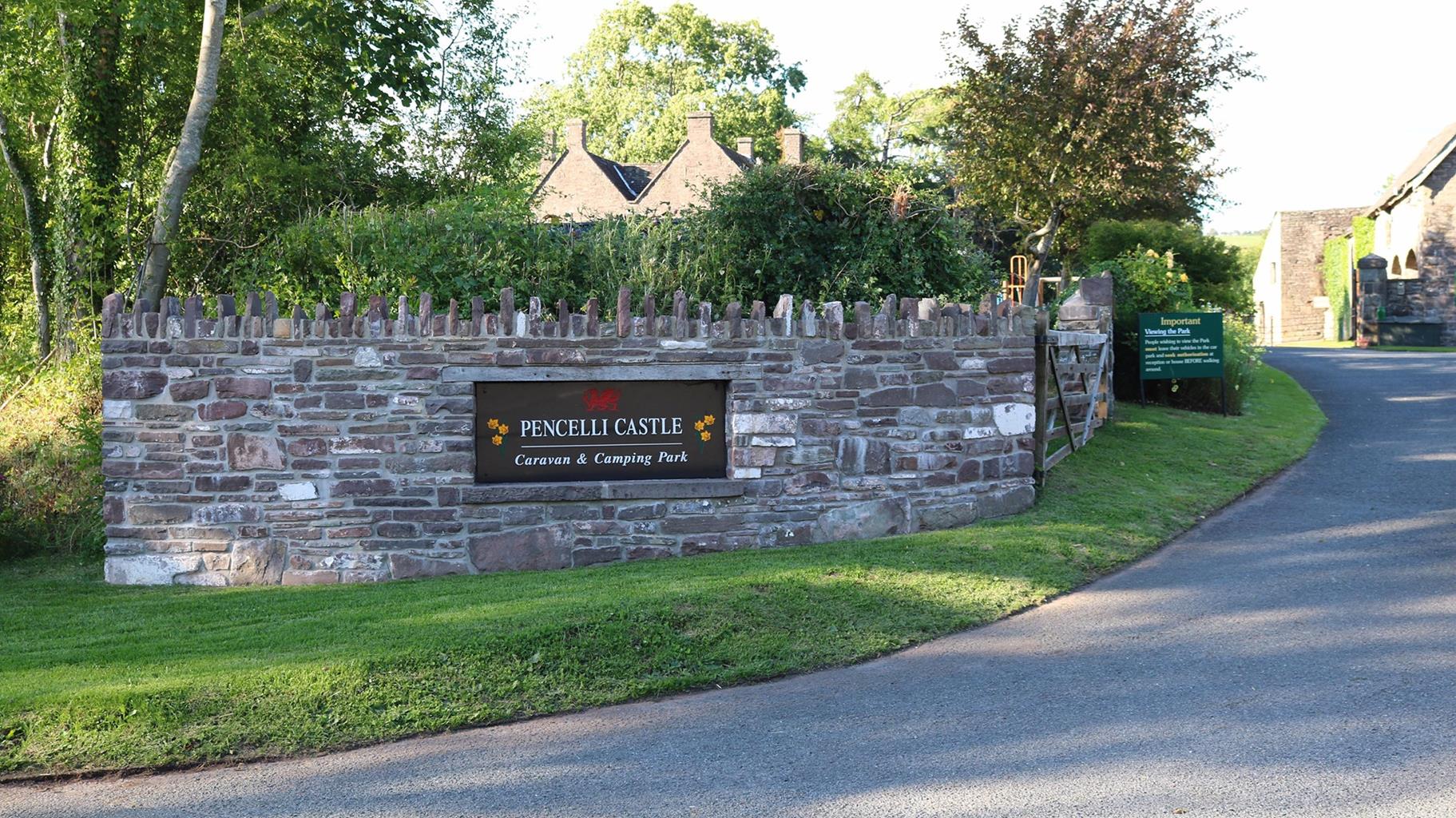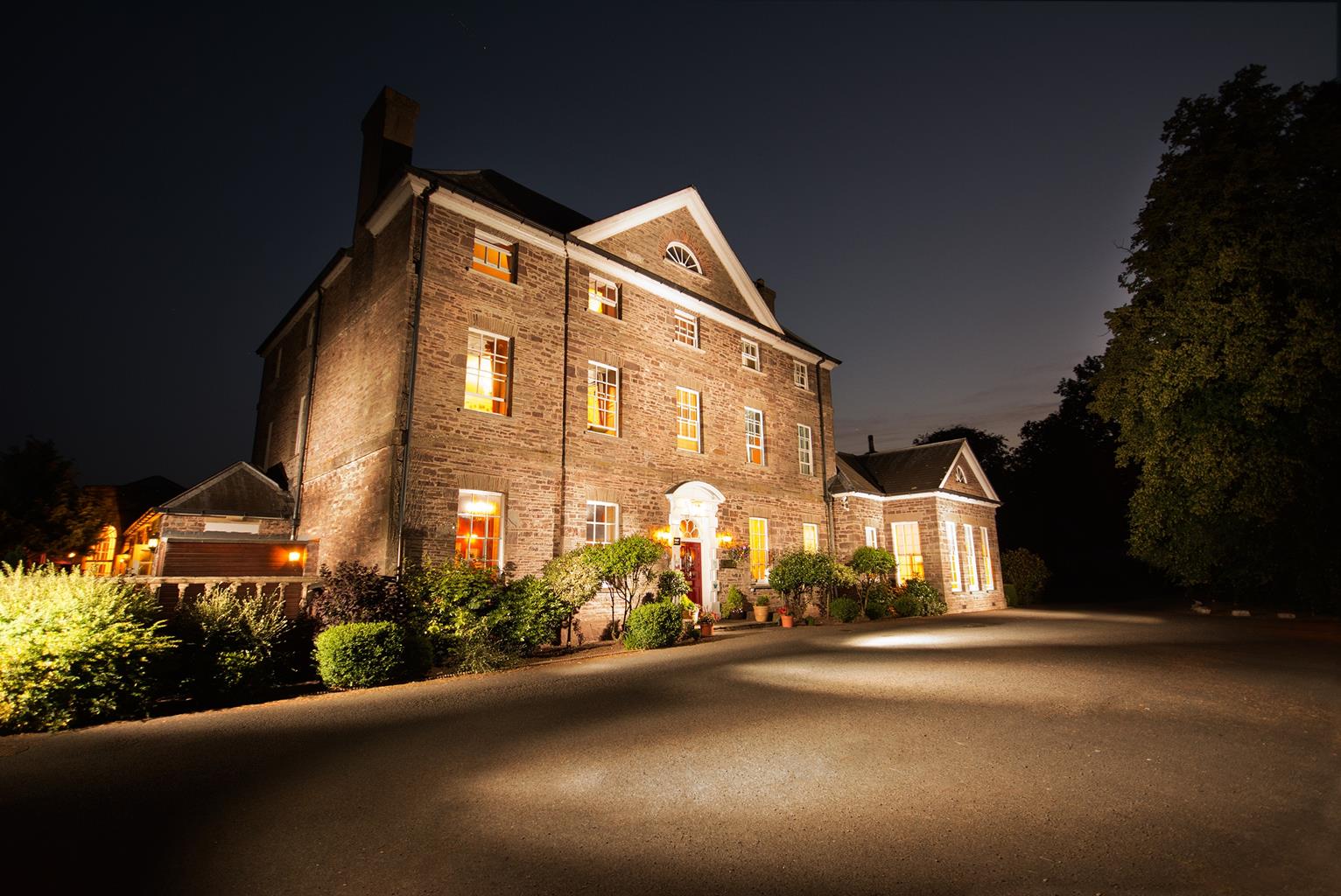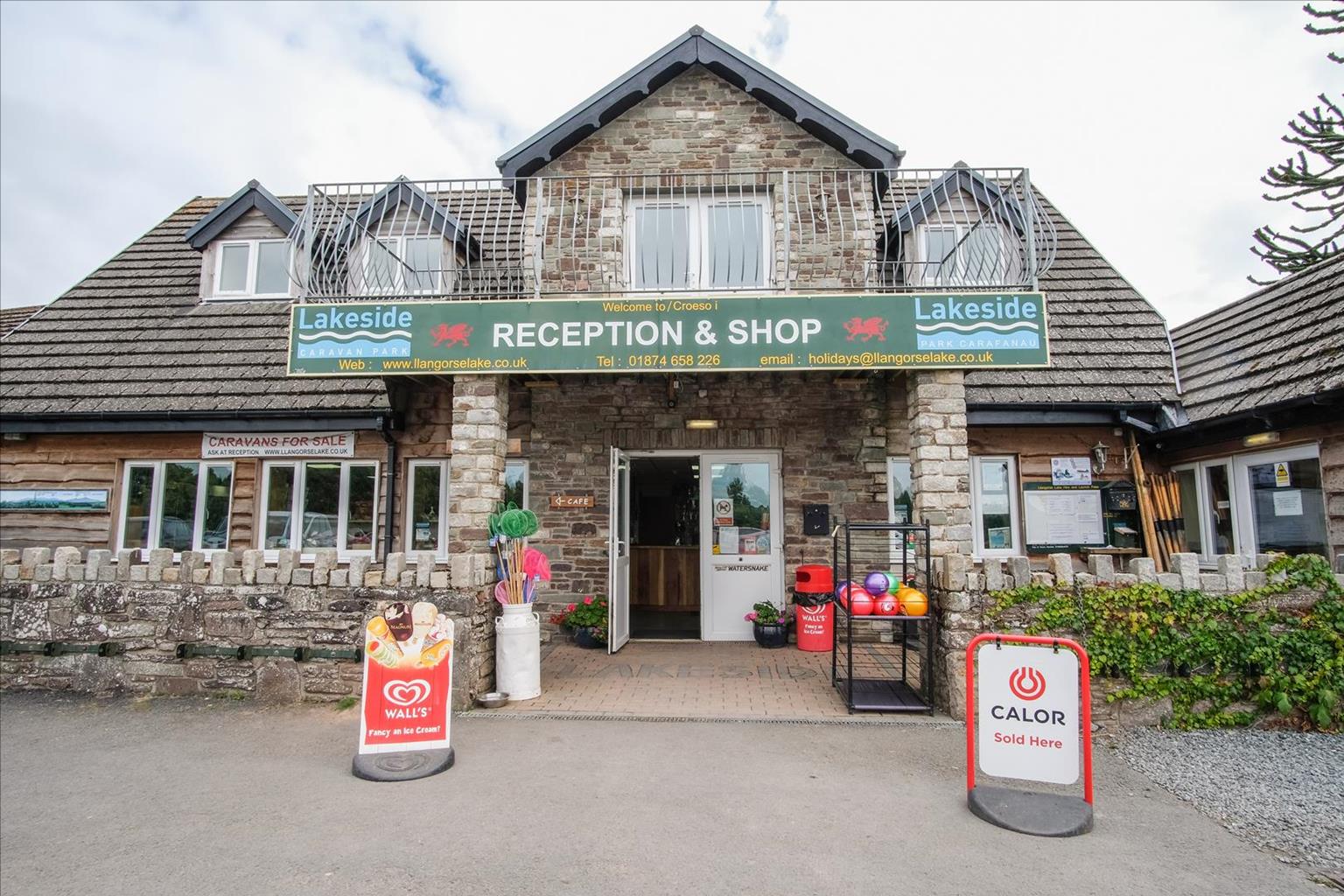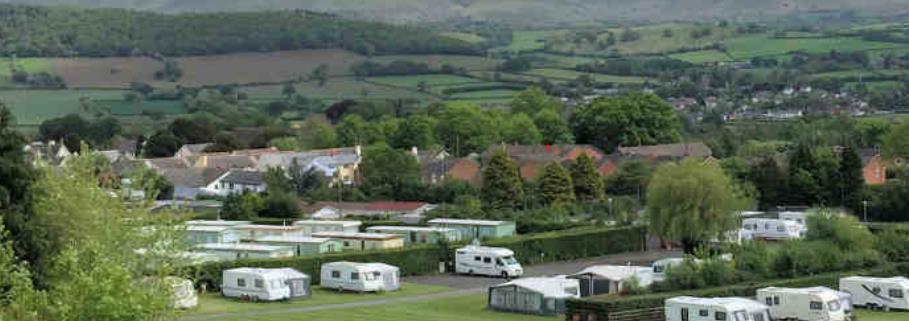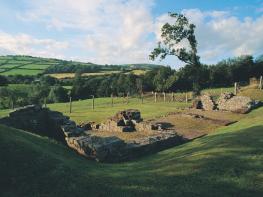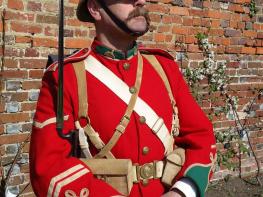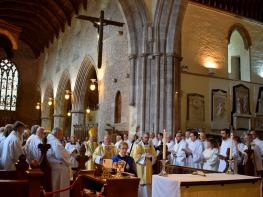Lying in the heart of the Brecon Beacons National Park, this charming park offers peace,…
The Pen y Fan pilgrimage

A straightforward circuit that follows the main trade routes up on to the roof of the National Park.
5 miles (8kms)
About the walk
Every mountain has its ‘trade route’ – the easiest and most trafficked way to the top – and Pen y Fan is no different. At 2,907ft (886m), this is the highest peak in southern Britain and the closest real mountain to a vast chunk of the population, attracting huge visitor numbers. The most commonly used tactic is an out-and-back approach, using the motorway-like track that heads west from the southern edge of the small plantation, but this is less rewarding than the simple circular route described here, which starts by crossing the head of the Taff Valley.
Fan is composed of old red sandstone laid down during the Devonian period. However, this is not just one uniform stone but different stones from three separate formations. The lower sections are sandstone and mudstone from the Senni Beds Formation, the stones towards the top are from the Brownstones Formation, whilst the summit (and that of nearby Corn Du) are sandstones from the Plateau Beds Formation.
Right next door to Pen y Fan, and easily accessible from it across a short saddle, is Corn Du (from the Welsh for ‘black horn’ and pronounced corn dee). Just 43ft (13m) lower than its illustrious neighbour, it’s the home of a Bronze Age burial cairn. Below it, to the northwest, is Cwm Llwch, a glacial lake, while just along the ridge towards Pen Milan is the obelisk on which is told the sad story of five-year-old Tommy Jones (see walk 32).
Over the years, Pen y Fan and the surrounding mountains have claimed a number of lives due to sudden bad weather moving in. Do check the forecast beforehand and if the conditions aren’t favourable, don’t go. On bright sunny days, a trip up Pen y Fan is an unforgettable experience – on the very clearest you can see from Preseli Hills to the Black Mountains and as far south as Exmoor. However, when the weather closes in, visibility can drop to almost nothing very quickly, so the risk you’ve taken heading up will be for nothing.
Walk directions
Cross the road and go through the gate next to the telephone box. The large building to your right is the Storey Arms, now an outdoor education centre but once a wayside inn on the coaching road between Brecon and South Wales. The original road can be seen forking off to your left, forming a section of the Taff Trail, a long distance route between Cardiff and Brecon. Follow a clear path up the hillside, leaving the plantation behind and crossing the open moorland of the southern flanks of Y Gyrn – a rounded summit to your left. You’ll soon gain the ridge and go through a kissing gate to drop easily down to the infant Taf Fawr – a pleasant and sheltered spot, ideal for a break before you reach the exposed hilltops above. The way ahead is clear, with a manmade track climbing steeply up the hillside opposite. Follow this, keeping straight ahead at a fork near the top, until it reaches the escarpment edge above the magnificent valley of Cwm Llwch. Below you’ll see the glacierformed lake of Llyn Cwm Llwch, and above this the steep head wall that unites the twin peaks./p>
Turn right to follow the clear path up towards the rocky ramparts of Corn Du. The path slips easily around the craggy outcrops and leads you up to the huge cairn on top of the broad summit plateau. The views down the valley are awesome, but take care as some of the summit rocks pretty much overhang the chasm below
The way to Pen y Fan is obvious from here. Drop into the shallow saddle to the east and continue easily on to the summit. This opens up a whole new vista, with the narrow ridge of Cefn Cwm Llwch acting as the dividing wall for the remote Cwm Sere, to the right as you look out.
The northeast face of the mountain is particularly precipitous so take care near the edges. The most enjoyable way to begin your descent is to retrace your steps across Corn Du (Point 3) and turn left to Bwlch Duwynt, the obvious saddle between the summit and the long ridge that runs south. Alternatively, a good path runs below Corn Du, allowing easy passage with no extra height gain. To locate this, drop back into the saddle you’ve just crossed and fork left, beneath the grassy slope that leads to the summit. The views from this section are to the south, over the two currently drained, Neuadd reservoirs. Bwlch Duwynt represents a fairly major junction of paths, but you’ll easily locate the main track that forks downhill to your right, away from Corn Du. Again, sections of this track have been laid in stone to slow the erosion caused by thousands of walkers’ feet. Follow the track easily down for just over a mile (1.6km) until you see the Taf Fawr river to your right-hand side. A short diversion to your right near the bottom will reveal a great, rocky picnic spot, situated above a small waterfall. Cross the bridge over the river and go through the kissing gate into the main car park.
Turn right into the car park and follow it to its end where a broad dirt track takes over. Continue along the side of the plantation and cross the road to return to the start.
Additional information
Clearly defined tracks
Rugged high mountains and deeply scooped valleys
Care needed near sheep and on cliff tops
OS Explorer OL12 Brecon Beacons National Park
Lay-by on A470, opposite Storey Arms Centre
At Pont ar Daf car park
WALKING IN SAFETY
Read our tips to look after yourself and the environment when following this walk.
Find out more
Also in the area
About the area
Discover Powys
The largest unitary authority in Wales, Powys covers an area of approximately 2,000 square miles. Much of that is mountainous because it actually has the lowest population density of all the Welsh counties.
This much wild, empty space is perhaps best typified by the International Dark Sky Reserve in the Brecon Beacons National Park, one of only eleven in the world. The absence of light pollution creates an exceptional spot for star gazing. You won’t find any cities in Powys, just villages and smaller-sized towns, but that’s the way its inhabitants like it.
Newtown, the largest settlement, is perhaps most famous for being the birthplace of Robert Owen, the founder of the Co-operative movement. Brecon is a market town set on the edge of the Brecon Beacons National Park, while the pretty Victorian spa town of Llandrindod Wells boasts the National Cycle Collection. Elsewhere, Hay-on-Wye hosts a major literary festival every year.
Powys is liberally scattered with castles, burial mounds, hill forts, and other historic markers; Powis Castle, near Welshpool is probably one of the most impressive. And for walking enthusiasts, it’s not just the Brecon Beacons on offer – the Elan Valley describes itself as the ‘Welsh Lake District’.
Nearby stays
Restaurants and Pubs
Nearby experiences
Recommended things to do
Why choose Rated Trips?
Your trusted guide to rated places across the UK
The best coverage
Discover more than 15,000 professionally rated places to stay, eat and visit from across the UK and Ireland.
Quality assured
Choose a place to stay safe in the knowledge that it has been expertly assessed by trained assessors.
Plan your next trip
Search by location or the type of place you're visiting to find your next ideal holiday experience.
Travel inspiration
Read our articles, city guides and recommended things to do for inspiration. We're here to help you explore the UK.


